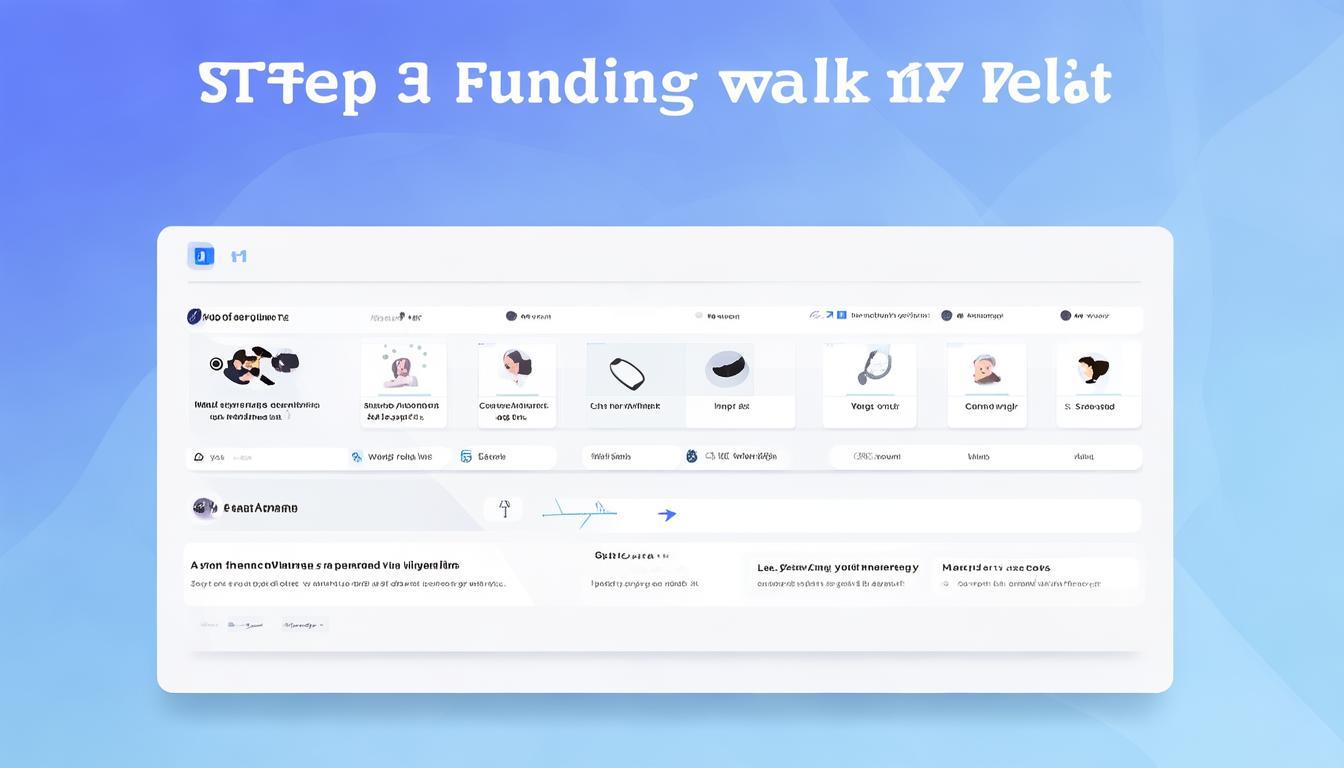如何在TP钱包中充值资金,详细操作指南
在数字货币的世界里,TP钱包(TokenPocket)是一款广受欢迎的去中心化钱包,支持多种区块链资产的管理与交易,无论是新手还是资深用户,了解如何往TP钱包里充值资金都是至关重要的,本文将详细介绍TP钱包的充值流程,涵盖多种充值方式、注意事项以及常见问题的解决方法,帮助您轻松完成资金充值。
TP钱包简介
TP钱包(TokenPocket)是一款多链数字资产管理工具,支持以太坊(ETH)、币安智能链(BSC)、波场(TRON)、HECO、Polygon等多种区块链网络,用户可以使用TP钱包进行资产存储、交易、质押、借贷等操作,充值资金是使用TP钱包的第一步,下面我们将详细介绍如何操作。
充值前的准备工作
在开始充值之前,请确保您已完成以下准备工作:
-
下载并安装TP钱包
- 从官方渠道(如TokenPocket官网或应用商店)下载并安装TP钱包。
- 避免使用第三方来源,以防遭遇恶意软件。
-
创建或导入钱包

- 如果是新用户,请按照提示创建新钱包,并妥善备份助记词或私钥。
- 如果已有钱包,可以通过助记词或私钥导入。
-
确保网络选择正确
TP钱包支持多条区块链,充值前请确认您选择的网络(如ETH、BSC、TRON等),否则可能导致资产丢失。
如何往TP钱包充值资金
TP钱包支持多种充值方式,主要包括:
- 从交易所充值
- 从其他钱包转账
- 通过银行卡或第三方支付购买
下面我们分别详细介绍每种方式的操作步骤。
从交易所充值
如果您在币安、火币、OKX等交易所持有数字货币,可以将其提现到TP钱包,以下是具体步骤:
- 登录交易所账户,进入“资产”或“钱包”页面。
- 选择“提现”,输入您的TP钱包地址(可在TP钱包的“资产”页面查看)。
- 选择正确的区块链网络(如ETH、BSC等),确保与TP钱包的网络一致。
- 输入提现金额,确认手续费后提交提现请求。
- 等待交易确认,通常几分钟到几小时不等,具体取决于网络拥堵情况。
注意事项:
- 务必核对钱包地址,错误的地址可能导致资产永久丢失。
- 选择正确的网络,例如ETH和BSC的地址格式相同,但跨链转账会导致资产无法找回。
从其他钱包转账
如果您使用MetaMask、Trust Wallet等其他钱包,可以直接向TP钱包转账:
- 打开原有钱包,进入“发送”或“转账”功能。
- 输入TP钱包的接收地址(可在TP钱包的“资产”页面复制)。
- 选择对应的区块链网络,并输入转账金额。
- 确认交易,支付矿工费后等待到账。
通过银行卡或第三方支付购买
TP钱包内置了一些第三方服务(如MoonPay、Simplex等),允许用户直接使用法币购买加密货币并充值到钱包:
- 打开TP钱包,进入“购买”或“法币兑换”选项。
- 选择支持的支付方式(如信用卡、支付宝、微信支付等)。
- 输入购买金额,并确认汇率和手续费。
- 完成KYC验证(部分平台要求身份认证)。
- 支付成功后,加密货币将自动存入您的TP钱包。
充值后如何查看资金
完成充值后,您可以在TP钱包中查看资金是否到账:
- 打开TP钱包,进入“资产”页面。
- 选择对应的区块链网络(如ETH、BSC等)。
- 刷新页面,查看余额是否更新。
- 如果长时间未到账,可以通过区块链浏览器(如Etherscan、BscScan)查询交易状态。
常见问题及解决方法
充值未到账怎么办?
- 检查交易状态:在区块链浏览器输入交易哈希(TxHash)查询是否成功。
- 确认网络选择:确保提现或转账时选择的网络与TP钱包一致。
- 联系客服:如果是交易所提现问题,可联系平台客服协助处理。
充错了网络怎么办?
- 如果不慎将ETH充入BSC网络(或反之),通常无法自动找回,需联系官方或专业技术人员协助。
充值手续费过高怎么办?
- 选择低峰时段充值,或使用Layer2网络(如Polygon)降低Gas费用。
安全注意事项
- 保管好助记词和私钥,切勿泄露给他人。
- 确认官方渠道,避免钓鱼网站或虚假APP。
- 小额测试:首次充值可先尝试小额转账,确认无误后再进行大额操作。
往TP钱包充值资金并不复杂,但需要谨慎操作,尤其是核对地址和网络,本文详细介绍了从交易所、其他钱包以及法币购买三种充值方式,并提供了常见问题的解决方案,只要按照步骤操作,您就能轻松完成TP钱包的充值,开始您的数字货币之旅。
如果您仍有疑问,建议参考TP钱包的官方文档或加入社区讨论,获取更多帮助,祝您交易顺利!
怎么往TP里充值钱,怎么往tp里充值钱啊文章链接:https://www.loulansheji.com/tpgfdz/86.html







发表评论